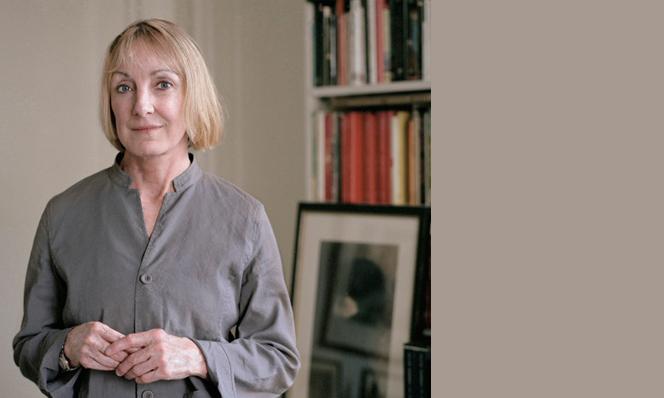
‘Christine Schutt’s characters tend to be (or be trying to be) at leisure: on holiday, in the garden, by the pool, at the beach, on a horse. Leisure seeks exclusivity; the you-at-leisure wants to be the only you there is, to rope off everything else (work, relationships, mortality). But reality fights back. Part of Schutt’s immense skill is to show her characters in the process of roping-off, whilst making present and felt that which gets left out. Perspectives are limited, but the world beyond their tight boundaries – an anarchic world of wildness and wild fires, of refuse and decay, of ‘gaudy mayhem’, as one character thinks of the ‘muted news [that] flickers on the flat screen’ in her ‘all-purpose islanded kitchen’ – is always present.
‘One result is that events don’t always register as they should. A hurrying description of Mimi’s husband’s death – ‘the ambulance, the body bag, the funeral home, the furnace’ – leads into a discussion of how much the swimming pool he died in might be worth. Later, as though passing through another story, Mimi mistakenly enters a stranger’s house and witnesses an horrific murder: a woman, Dora Wozack, is shot dead by her son. The narrative passes on without comment and when, later, Mimi tries to describe it, it is language, not event, that she gets hung up on: ‘“Dora Wozack said, ‘My son’s troubled,’ or maybe, ‘My son’s trouble.’ It could have been ‘in trouble.’”’ In ‘A Happy Rural Seat…’, a pattern of unregistered event (an unknown something killed in a drink-driving incident; an unanswered phone call; a disturbing news story switched off) culminates in the glancing half-revelation that Pie has been missing for a long time, presumed dead.
‘Disorientation is the collection’s guiding affect. Schutt’s characters are drunk, lost, amnesiac. The grieving poet muddles the seasons: ‘She thought it was summer still if not spring but the day’s evidence said it was fall. Again!’ After Pie’s disappearance, Nick often ‘found himself standing in front of open broom closets and cabinets, in front of the dishwasher and sinks. Sometimes his hands were wet.’ Homes become unheimliche: Mimi is surprised to find her house full of strangers before remembering that its contents are in the process of being auctioned off.
‘The stories themselves are disoriented. In ‘The Hedges’, a superficial, not-coping couple go on holiday with a sick child who falls off a balcony to his death. In telling us this story, Schutt’s narration seems to be always in the dark, playing catch-up, eavesdropping, struggling to read the signs: ‘Sometime in the night… a cry, followed by another, sounded on the hillside. It might have been a sound of pleasure or pained pleasure or something else; the cry was ambiguous.’ Even the sentences are disoriented; information falls in the wrong order, constructions don’t seem to end up where you expect them to.
‘Schutt’s prose is never less than striking. It has a quality of glancing exactness, as though simultaneously looking and not looking: a modern house is ‘shaped like slung plates’, a pair of nuns are ‘wimpled and sudden’. Occasionally, the prose is striking in its (artful) ugliness: a description of dusk in ‘The Hedges’ reflects the couple’s superficial engagement with the world: ‘By then, the sun had set, and the night sky’s show was blinking on quickly. A greater darkness amid the foliage squeaked notes, very pretty.’ Occasionally, it’s incomprehensible: Dora Wozack stands in her kitchen ‘yukking over a quilted jar of vodka’, whatever that means. But the opacity is important. Schutt writes with a coagulate figurative precision. Her prose is somehow crystal clear and opaque, like the thick surface of an oil painting that both figures a world and arrests your attention with its material texture. It looks at and it looks away from and it knows, in its disorientation, that the two are not always so easy to tell apart. To look at the world isn’t always to know it; to look away from it sometimes is.’ — David Isaacs, The White Review
___
Further
Christine Schutt
Christine Schutt @ goodreads
A Conversation Between Christine Schutt and Diane Williams
Podcast: Christine Schutt on Bookworm
Correspondence with Christine Schutt
The Crass Class in Christine Schutt’s “Pure Hollywood”
Pure Hollywood – stories to take you out of your comfort zone
ISSUE 4 An Interview with Christine Schutt
Christine Schutt: Learning What You Do Well
Podcast: Between the Covers: Christine Schutt: Pure Hollywood
‘The Blood Jet’, by Christine Schutt
“Remembered Landscapes,” an Interview with Christine Schutt
‘The Dot Sisters’, by Christine Schutt
Uncomfortable Places
Glitz & Infidelity: On Christine Schutt’s ‘Pure Hollywood’
“something else, with it, in the sky”
the garden of earthly delights: christine schutt’s pure hollywood
Atmospheric Disturbances
Hanging Out With Christine Schutt
The Graduate
Matt Bell on Christine Schutt
Buy ‘Pure Hollywood’
___
Extras
Christine Schutt’s First Time
Christine Schutt Fiction Craft Lecture
Christine Schutt: The Writers Studio Reading Series
____
Interview
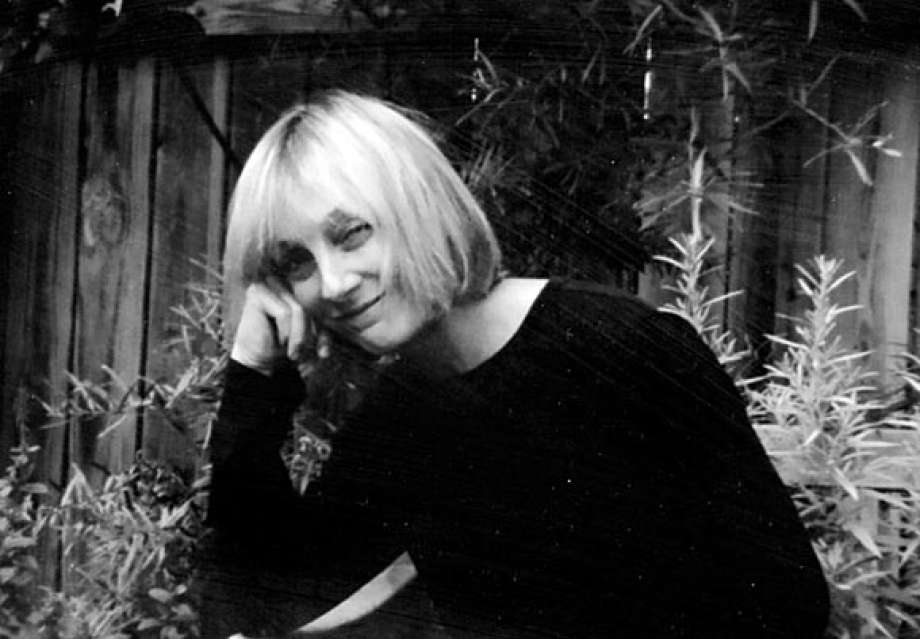
Michelle Y. Burke: One of the things I admire most about your writing is how it sounds. Your sentences are so rich and lyrical. To what extent are you thinking about sound when you’re writing?
Christine Schutt: I do think about sound. What I want to do is wed sound to scene. What comes first is a picture. I’m thinking of the way my new book, Prosperous Friends, begins. I had this idea that there would be a couple in their mid-thirties outside of London, maybe in the Fens, near a priory or a church. I was remembering my own experience at that age, being in those sorts of churches, and the stones, and the moss on the stones, and the coldness of it. I thought about that a lot, and I thought about what the couple was doing. They’re alone. He wants to surprise her and be sexually risky. I wanted to get a sound that would call up or be right for those stones and that place.
Burke: Is that how you start a new novel or story—an image catches your attention and you find the sound from there?
Schutt: Sometimes there’s an image, yes, and the language comes so fast on it. I look at something for a long time and roll over words right to the occasion.
Burke: Is that also true when you’re creating a character? Does the character come from an imagined scene or image?
Schutt: When I was creating one of the characters in Prosperous Friends, I looked at a postcard picture of Dante Gabriel Rossetti. I bought it at the National Portrait Gallery. Then there was this quality my younger son had when his hair was long, and then there was someone I was making up: a handsome young man with a side-part. I liked this character so well I gave him some success.
Burke: Your story collections are like catalogues of compelling first sentences. The first sentence of “Teachers” in Nightwork—“She told her daughter as she might a love such things her lover said were best kept secret from a girl”—does amazing work at the syntactical level. What do you expect from a good first sentence, and how do you move forward from there?
Schutt: When I was an MFA student at Columbia, I was in class with people who even then were able to tell a story. I could not. What I could do, and what I was praised for doing, was write a great sentence. It was my only pride. When I tried to write a story, I thought what I was good at had to be put aside in favor of advancing the narrative. I would have a nice, rich opening, and then suddenly, I’d think about how I had to move the character across the room. The character had to say something, do something. Dreaded dialogue. I still have to work hard on it. Now I often take out every other line of dialogue. Then it actually sounds like human speech. Then you get something interesting.
Any success I had early on had to do with the fact that people would say, “Wow, you can really write a sentence.” Gordon Lish taught me how to use what I was good at to tell a story.
Burke: Has your writing changed on the sentence level?
Schutt: Yes. I’m not packing every sentence anymore. I’m not indulging that tendency as much. When I was writing Nightwork, I loaded the sentences because I could; I hyphenated a lot to make adjectives, very self-indulgent. I did that to a lesser degree in the second collection of stories, Day and Night. I have been looking for other sources of interest, along with interest in language and finding different ways of getting drama. So, yes, Prosperous Friends is different. I mean, there are descriptions of houses and barns I am proud of. I love dying barns. I love to look at them, but the characters and their movement take precedence; the exchanges between characters are sharper.
I was very confident about Prosperous Friends for a long time. I went around bragging about it, saying this is it, this is the best thing I’ve done. I surprised myself by saying such things. I’m a little superstitious. I thought I should stop bragging. The first time I turned it in, my agent said the novel was too difficult, too elliptical. Who are these people? How old are they? Where are they? The kinds of questions I’ve always been asked.
Then I had a younger reader weigh in on the sexual dysfunctions the book explores. She said, no, these kinds of dysfunctions don’t exist anymore. They’ve gone away. I was devastated when she said that. I thought, my god, they’ve really advanced, but I decided to keep all of the sexual dysfunction in, because they can’t be all cleared up, right? Not for everyone. It really threw me for a loop. Here I was writing about people in their late 30s and 40s, and I suddenly thought that perhaps I really missed the boat. Perhaps young people today are entirely liberated, at ease with their sexuality, and women are having orgasms left and right. In the end, I decided that can’t be the case, but it really caused me to have a crisis of confidence. A real crisis.
I wrote a new beginning to the book at one point. It was very clunky, but it came very easily, and I thought, all right, maybe this is the way to go, but I ended up throwing it out. When I came back from teaching in California, I got rid of it. But I inserted other things, clarifying things, and the book is finished, but I have not felt that initial certainty of its worth.
Burke: Do you think of your work as challenging? Difficult?
Schutt: No, I don’t. I haven’t. That’s why it unsettled me to have what I’d thought was finished returned with questions. My agent said all of the things that people said when I was doing my MFA: The writing is great, but where are we? How old are these characters? In the last draft of Prosperous Friends I changed the chapter titles to place names and the year.
Overall, I don’t think my work is difficult. I don’t write jolly stories, so maybe that’s hard for some readers.
___
Book
 Christine Schutt Pure Hollywood
Christine Schutt Pure Hollywood
Grove Press
‘In one eponymous novella and ten stories, Pure Hollywood brings us into private worlds of corrupt familial love, intimacy, longing, and danger. From an alcoholic widowed actress living in desert seclusion to a young mother whose rejection of her child has terrible consequences, from a newlywed couple who ignore the violent warnings of a painter burned by love to an eerie portrait of erotic obsession, each story is an imagistic snapshot of what it means to live and learn, love and hurt.
‘With Pure Hollywood Christine Schutt gives us sharply suspenseful and masterfully dark interior portraits of ordinary lives, infused with her signature observation and surprise. Timeless, incisive, and precise, these tales are a rush of blood to the head, portals through which we open our eyes and see the world anew.’ — Grove Press
____
Excerpt
Oh, the Obvious
Mrs Pall-Meyer, short-waisted, stooped, breasts shrunk to teardrops, Mrs Pall-Meyer was a dirty old woman, no matter she was rich. What good had money done her? She was traveling alone. They were both, Arden Fawn and Mrs Pall-Meyer, traveling alone, but Mrs Pall-Meyer had been at the ranch for over a month and would ride on long after Arden went home: Monday, next week, the first of April, home to an airbrushed county Arden once thought harmless.
Arden yanked at her reins and brought Doc into line while the old woman, Mrs Pall-Meyer, held back her horse and put even more space between them. Mrs Pall-Meyer was as friendless as Arden; no one would miss them.
They rode to the dried-out creek bed that devolved to a trail of ashy sand, charred wood, and trash not pictured in the ranch brochure – a strip of fender, a Pringles can – the rubbly blight of modern life, no green in sight but dust. At least for a time the sound of the horses was peaceable, but the hard floor of the desert came on with a clap. A wizened spring, the sickly prickly pear and organ pipe cacti were so riddled with holes they might have been targets. Even the paloverde trees looked leached. They rode along a level path, fording dried-out riverbeds of chalky stones – pale landscape, white sun. She put on her sunglasses and the view, honeyed, was not so hard on the spirit, but her back still hurt; it felt as if she were tightening a belt of barbed wire around her waist – God almighty, it hurt, and the ride had hardly begun. Arden rode apart not so much by choice as that it happened. Terrain had nothing to do with it. Her horse was slow and she was heavy.
Mrs Pall-Meyer, even farther behind, was a stick and rode as she liked. Now she went at a gentle pace and comfortable distance, for which Arden was grateful. In this way, far enough apart from all of the others, Arden could play on in her pioneering dream of self-sufficiency, even though her favorite part of the ride was when she was off the horse and walking to the ranch. Her legs felt used and wide apart then, and her walk was more a straddle.
‘Kick him!’ Mrs Pall-Meyer cried. The old woman threatened to pass. They had fallen too far behind.
Arden’s horse started to lope then lapsed into a rough trot stopped by the earthy rump of the dentist’s enormous horse.
‘Oh, hoh, my,’ Arden moaned. Knocked against the saddle horn, her pubic bone stung and she pressed her hand between her legs: she felt her own heat and heard Mrs Pall-Meyer spit. Mrs Pall-Meyer had paused, as had all the riders, at the incline.
‘How long have you been riding?’ Mrs Pall-Meyer asked.
‘Oh,’ Arden, said, shifting in the saddle, ‘all my life, but not a lot.’
Mrs Pall-Meyer, the name suggesting a hyphenated importance, merely snorted and rode ahead.
The trail turned narrower, rougher, stonier although the redheaded wrangler – Red, for his hair – might have been asleep, so little did the ride’s danger impress him. How many times had he led folks up this route?
‘Over five thousand acres gives a guy a lot of different ways to go,’ he answered. ‘You’d be surprised.’
Mrs Pall-Meyer said, ‘If I had something to ride on.’ In this way, she simply went on talking to herself, making tough, irritated pickax sounds with words like crap, drink, think. For all the advantages she must have had, Mrs Pall-Meyer was a coarse woman. She had made herself known in the morning, talking at the young Asbach boy, Ben, ‘My friends are dead. My sister is demented. I’m the last of my line, but I bet you’ve got a lot of friends.’ Oh, the nuisance of them all was what the old woman meant to say in her supercilious voice.
Arden had looked on at how Mrs Pall-Meyer befuddled the boy and made him blush. Ben Asbach of the Asbachs – ‘There are eight of us here,’ said the matriarch merrily. A granddaughter – slight as straw – called Mrs Asbach Nana.
What names, if any, had others at the ranch assigned her? – Arden, Arden Fawn. Was she the fat lady, the dull lady, the shy lady – hair color as uncertain as her age? Arden had a pretty face, of this much she was certain, which made it all the sadder, the weight. She hoped for her horse’s sake she would soon reach the summit.
There, Red said they could get off their horses and stretch their legs. But Arden had no intention of stretching her legs. If she got off her horse, she would never get on again. Besides, she could see just as well from on top of her horse, and her back wouldn’t hurt if Doc held still. The riding itself, walking, walking especially and however precariously, was easiest on her back. No loping, please! They rode up the mountain, slowly and close, and her thoughts were the same and body-centered until they all stopped at the summit. The sturdy banker loudly huffed off his horse and landed hard; his wife tiptoed lightly – all grace. And Arden?
‘You sure?’ Red asked, ready to help. ‘I’m fine,’ she said. ‘No, I’ll stay on.’
So Red adjusted her saddle, pulled it more to his side, asked after Doc.
‘He’s a good boy,’ Arden said and wondered was Red a good boy or did he fuck sheep? Arden liked to appall herself with her own appalling thoughts. She liked a little fright in the middle of small exchanges – the selfmanufactured fright from thinking she was overheard. The dentist’s wife, who rode near and behind Red, asked him about the drought with an informed interest in its effects on the region’s wildlife.
Arden regarded the dentist’s wife, talking about water tables. Maybe in some states this was called flirting but the pity of it: a late-life romance as brief as a paper match, a piff of heat but no flame really, a glow quickly extinguished.
The dentist himself winked at Arden. ‘Not going to get off and stretch your legs?’ he asked.
‘Never. I couldn’t. How would I get on again?’ The dentist, smiling, said, ‘There’s lots of ways.’
The dentist was a small man darkly outlined by his specialty, a dentist for expensive and serious procedures to do with reconstruction – think of the bright pan with its sharp slender instruments – she did and was afraid of what this dentist would do inside her mouth. His jeans looked new and his shirt was very white, unwrinkled, snap-buttons, western. She watched him move to a higher point and a different perspective.
Oh, hell, strike the match of romance, who cares if it’s short? Why else had she come to the Double-D? Should she say the weather, the birdlife, the desert in bloom? No one had mentioned a drought. Scant birdlife this season, no color, but hovering just behind Arden was Mrs Pall-Meyer. Mrs Pall-Meyer, an imperious crone with a pointy face that jabbed, Mrs Pall-Meyer stood for something, but for what? Oh, the obvious, death or the future.
There, leaning against a rock and eating ranch granola was the little Asbach girl, rapt with her story’s unspooling. Her lips moved and she smiled to herself, frowned, pouted, then smiled again. Arden guessed she was ten or eleven, a cozy year, fifth grade, but what was her story about? What could she be saying?
Movement now. The others in the group were getting on their horses again. Only Mrs Pall-Meyer did not. She was protesting about her horse.
‘Want some help?’ Red asked.
‘What do you think?’ Mrs Pall-Meyer, with one foot in Red’s hands, said, ‘I hate having to ride a dull horse.’ She tipped a little trying to look at Red as she talked, unsteady, so that he lifted her until she swung her crooked body over the beast she dismissed as a plodder. She didn’t say thank you, just tocked in the saddle to make herself comfortable. It occurred to Arden that Mrs Pall-Meyer might be drunk.
Red took the lead and the party stayed together, the horses picked their way, butt-close, along a ledge. Steep, narrow, white, the ledge was dramatic and Arden held her breath. No one spoke; quiet but for the clocking noise of the horses, their gassy sighs and shivers. Stones popped and the trail noise sounded serious – just as in the cowboy movies: after the shoot-out comes the slow descent, hints of danger and exhaustion. The palomino stumbled and some of the ledge fell away.
‘We are going down, aren’t we?’ Arden asked, anxious.
Mrs Pall-Meyer snorted.
Okay, the question was stupid but the riding was more rocking from side to side than moving forward. Lean back had been the instruction for going downhill, and dutifully Arden did – had – even though the small of her back ached and she was afraid of her horse.
The old woman, suddenly seeming close, sneered, ‘He knows what he’s doing.’
‘I hope so.’
‘You’ve really no business on this ride.’
‘I don’t,’ Arden said. ‘I don’t know,’ she began but she didn’t want to turn around to address the old woman, riding last again. She was tearful enough as it was – her back ached – and to see Mrs Pall-Meyer’s disdain would surely make her cry. She said no more and the repetitive sound of striking hooves stupefied her and when she woke the trail had begun to level off to a more inviting path, soft, quiet, broad. She kicked Doc into a bumpy trot that didn’t last long though it put more space between her and Mrs Pall-Meyer, Mrs Pall-Meyer now far behind until Red shouted out: ‘ Mrs Pall-Meyer!’
Why did he?
But Mrs Pall-Meyer didn’t respond.
‘What can I . . .’ from Red, inconclusive, and so through fluff adrift they rode in a meditative quiet. The banker had spread his life around miles ago. And Red wasn’t much of a talker. Now the stables were in sight. There was the pasture where the ranch horses socialized; there, the barn, the tack room, the ring. The ranch, on a hill, Arden couldn’t see any part of, but the corral was miraculously close.
She barely heard Red say ‘Shit!’ before he jerked his horse around and rode full out to where Mrs PallMeyer was turned upside down. Her foot, twisted, was caught in the stirrup; most of her lay on the ground. Her horse stood still, unmoved by crisis. What sound was this that Mrs Pall-Meyer was making, but it was familiar.
A small truck, its trunk down, banged alongside the fence, stopped at the gate, and another wrangler from another direction came out to herd Arden’s group into the corral. The banker frisked home, and the dentist’s wife and the dentist followed. The Asbachs, grandmother and granddaughter, were already dismounting. ‘Don’t look,’ the grandmother was saying. Arden saw the fluid ten-year shape slide off her horse and canter on her own once her boots hit the ground. Turn away, little girl, turn away from the future, and she did.
*
p.s. Hey. ** David Ehrenstein, Hi. Well, as a fan of the markedly un-homoerotic, I’ll definitely check it out, ha ha. ** _Black_Acrylic, Hi, B. Ah, thank you for the backstory which has a nice combo of sweetness and nefariousness. ** Steve Erickson, Hey. Well, obviously you can ask the director about that absence, and no doubt he’ll be fully expecting to answer it. If you’re doing any kind of solo homemade Thanksgiving, may it reign. ** sleepyj, Ah, good. Or happy to know you’re also smitten with that stuff while quibbling with nostalgia. Have a good T-day if you’re doing it. ** Well, that was quick. For those in the US, the blog offers you a fine escape from the Thanksgiving festivities today in the form a book by the supreme prose writer/stylist Christine Schutt. And for those of you elsewhere and not on holiday today like me, same deal without the escapism. See you tomorrow.
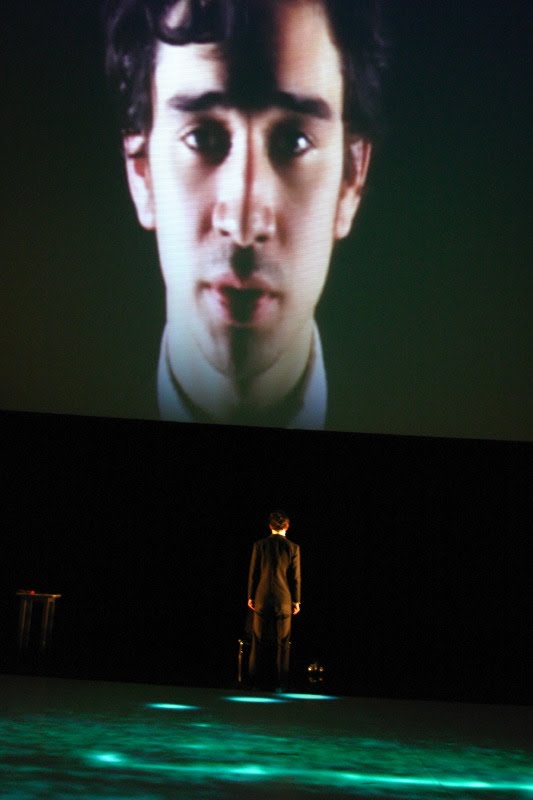

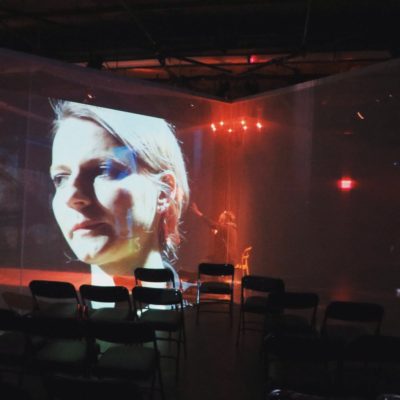
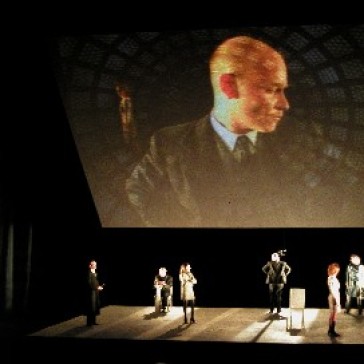
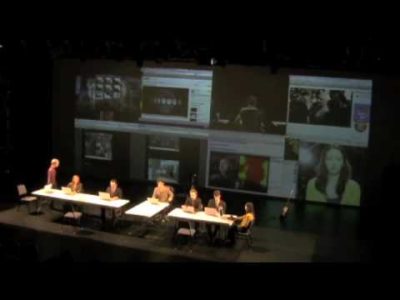
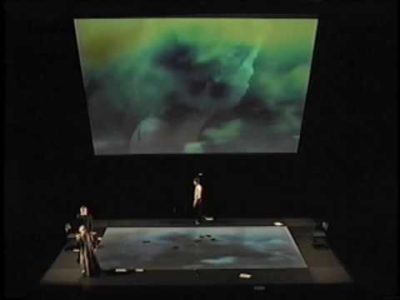
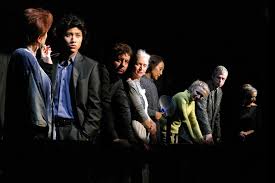
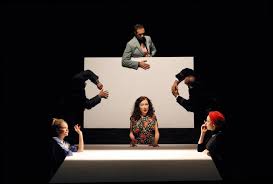

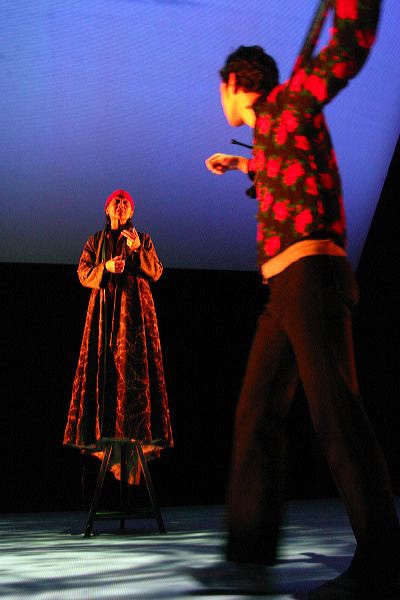
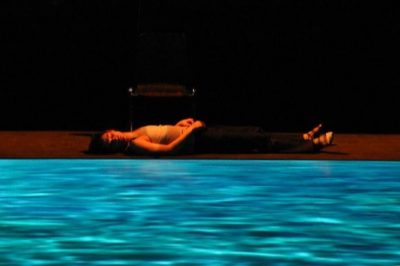
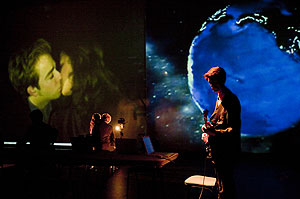

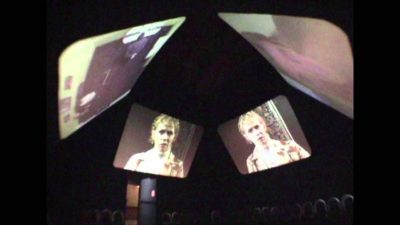
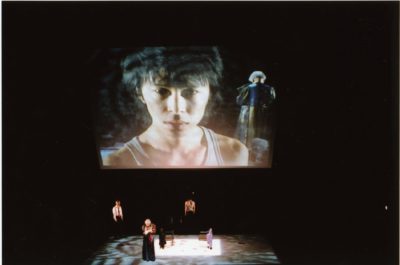
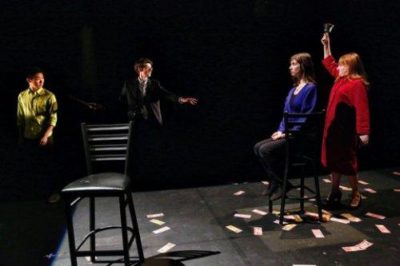
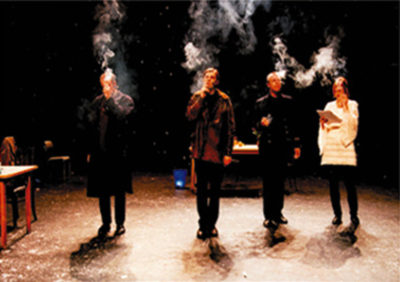
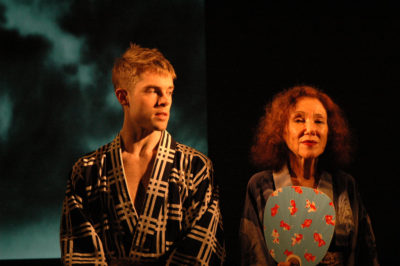
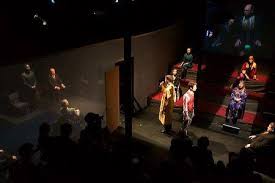
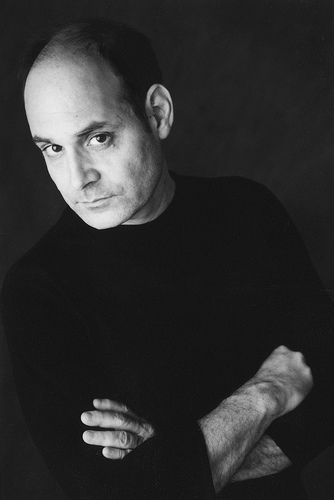
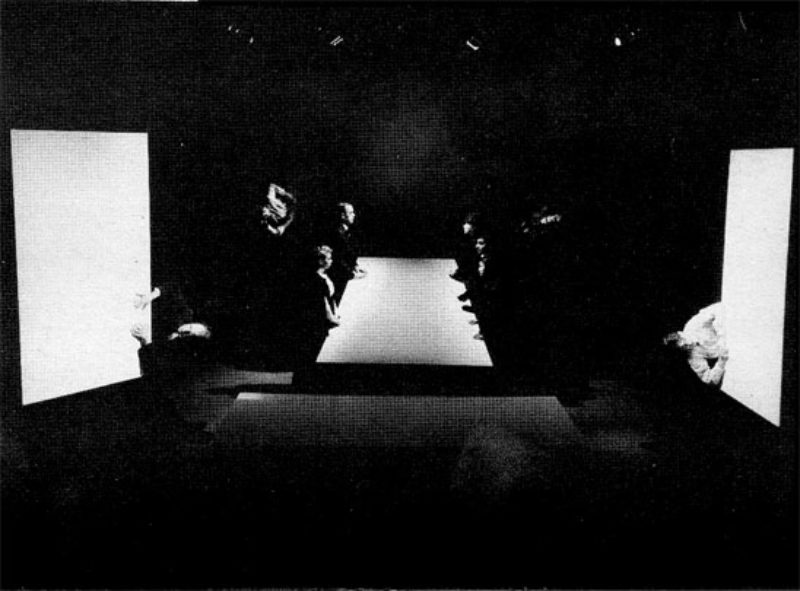

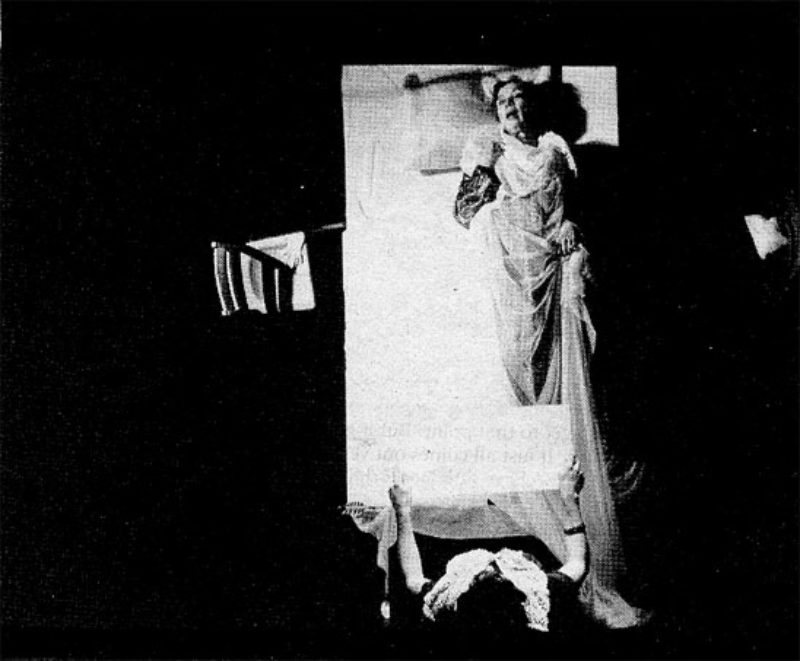
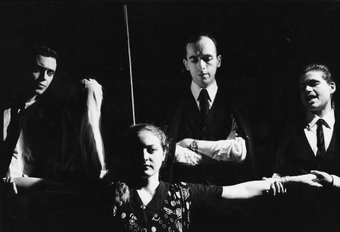
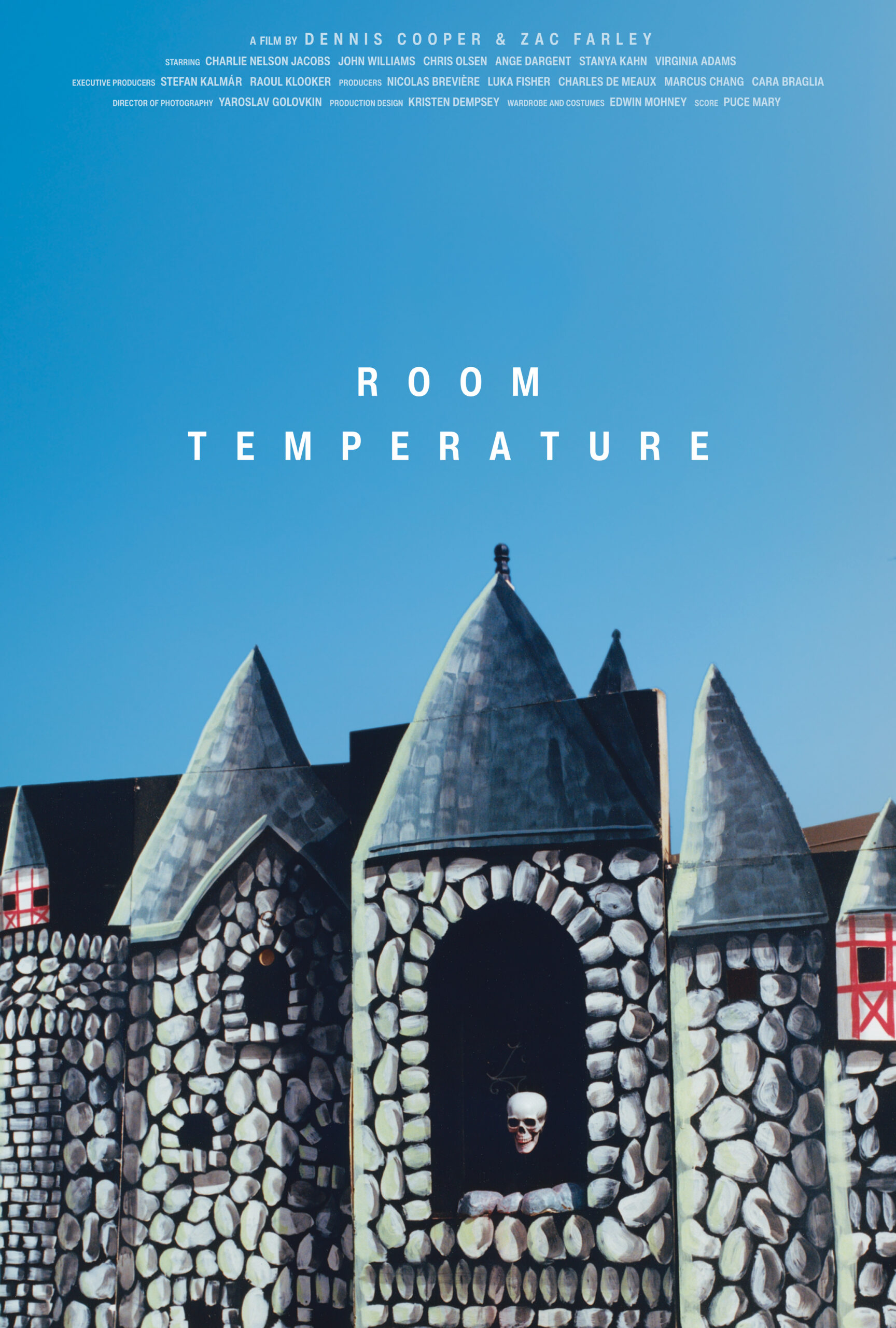



 Now available in North America
Now available in North America 